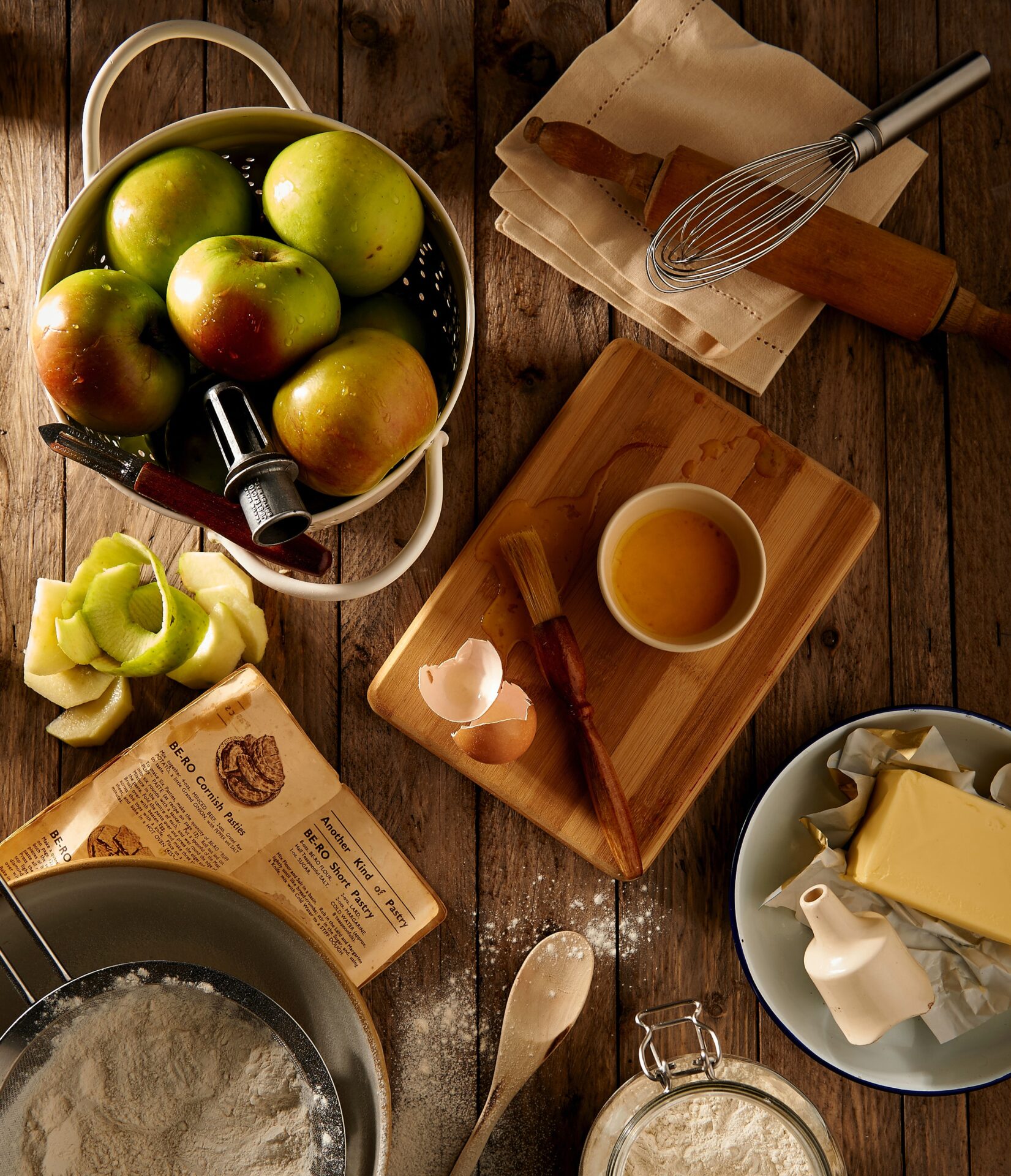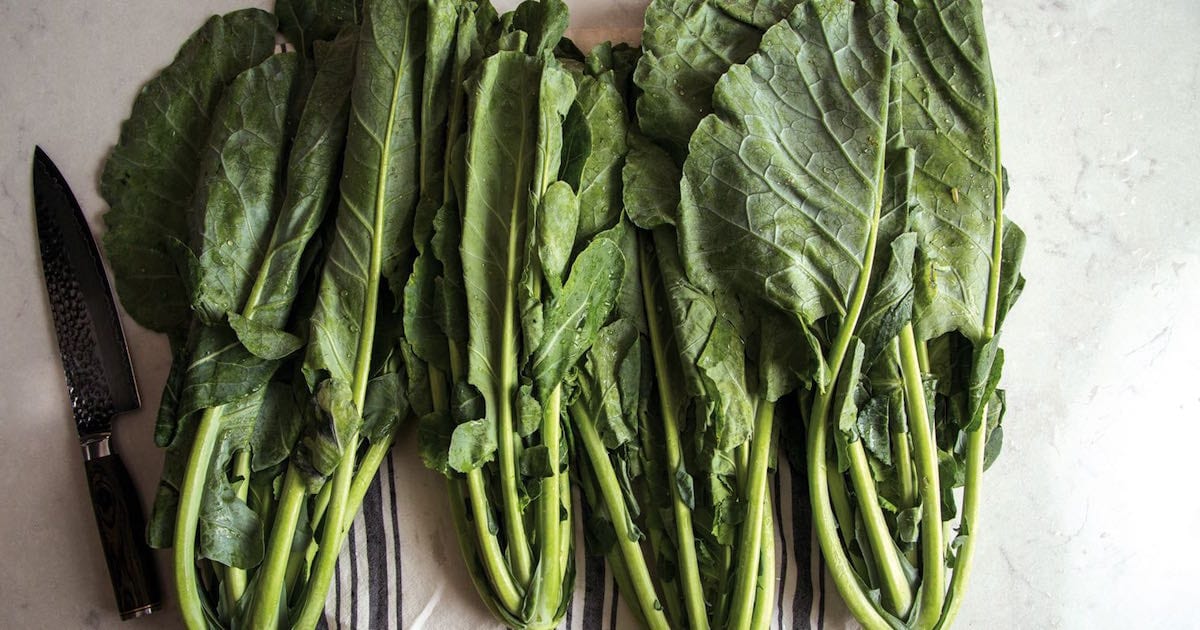Growing Green
For gardeners, the long, distant days of sunshine and sweat are just a memory this time of year. But sweetness in the soil can still be found in the sustaining bounty of winter brassicas.
A winter garden in the South is not complete without an abundance of greens. Called brassicas, which refers to the plant genus they belong to, winter greens are also informally known as cruciferous vegetables because of their flower pods, which resemble the shape of a cross. This beloved plant family has a long history in Southern gardens and in the pages of our region’s recipe books, which often include cabbage, collards, broccoli, cauliflower, turnips, and more. These cold, hardy vegetables do well all winter long in our climate and pair perfectly with the holidays.
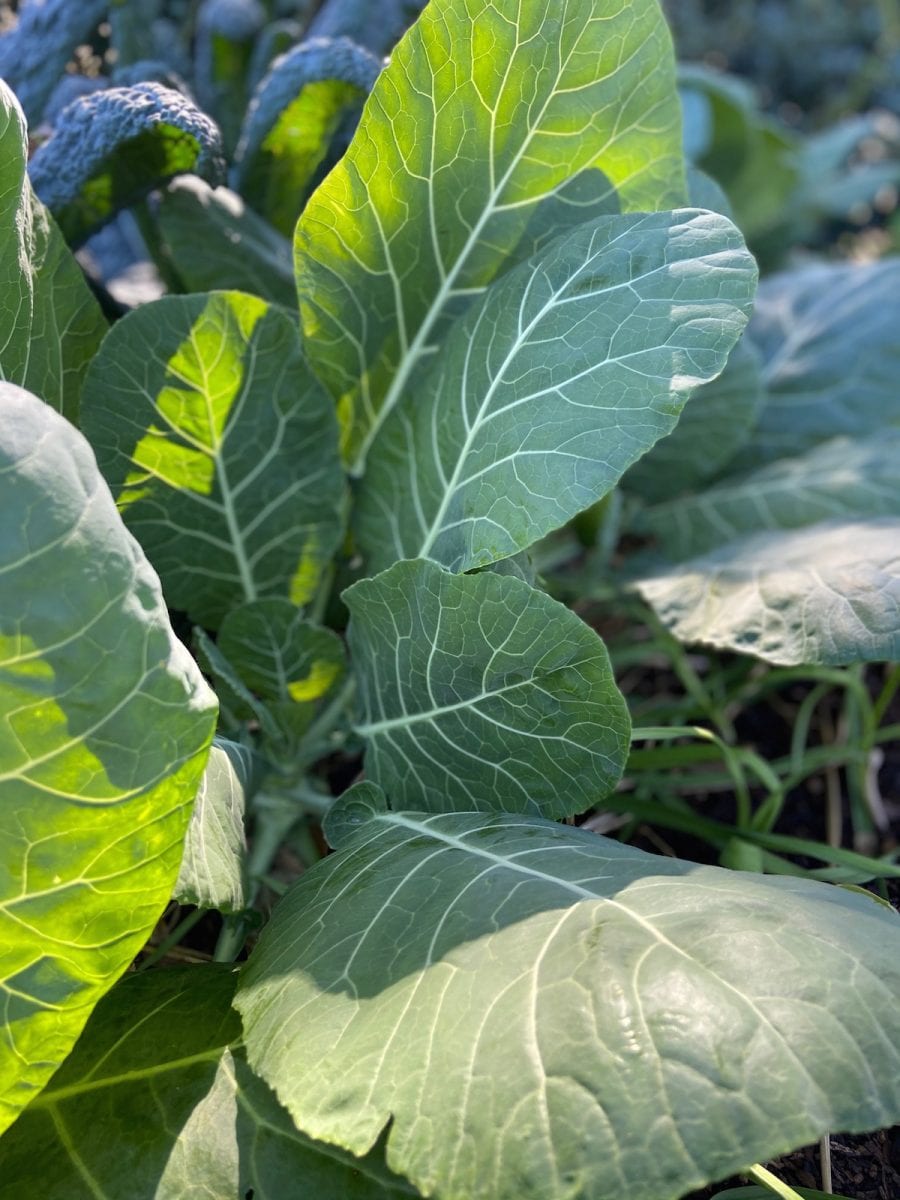
By the middle of the nineteenth century, cabbage had become the favorite brassica of both farmers and consumers in Virginia. But further South, in Georgia and the Carolinas, non-heading varieties of cabbage, known as coleworts, were becoming much more popular. By midcentury, these greens became known simply as collards and found their way into many favorite Southern dishes.
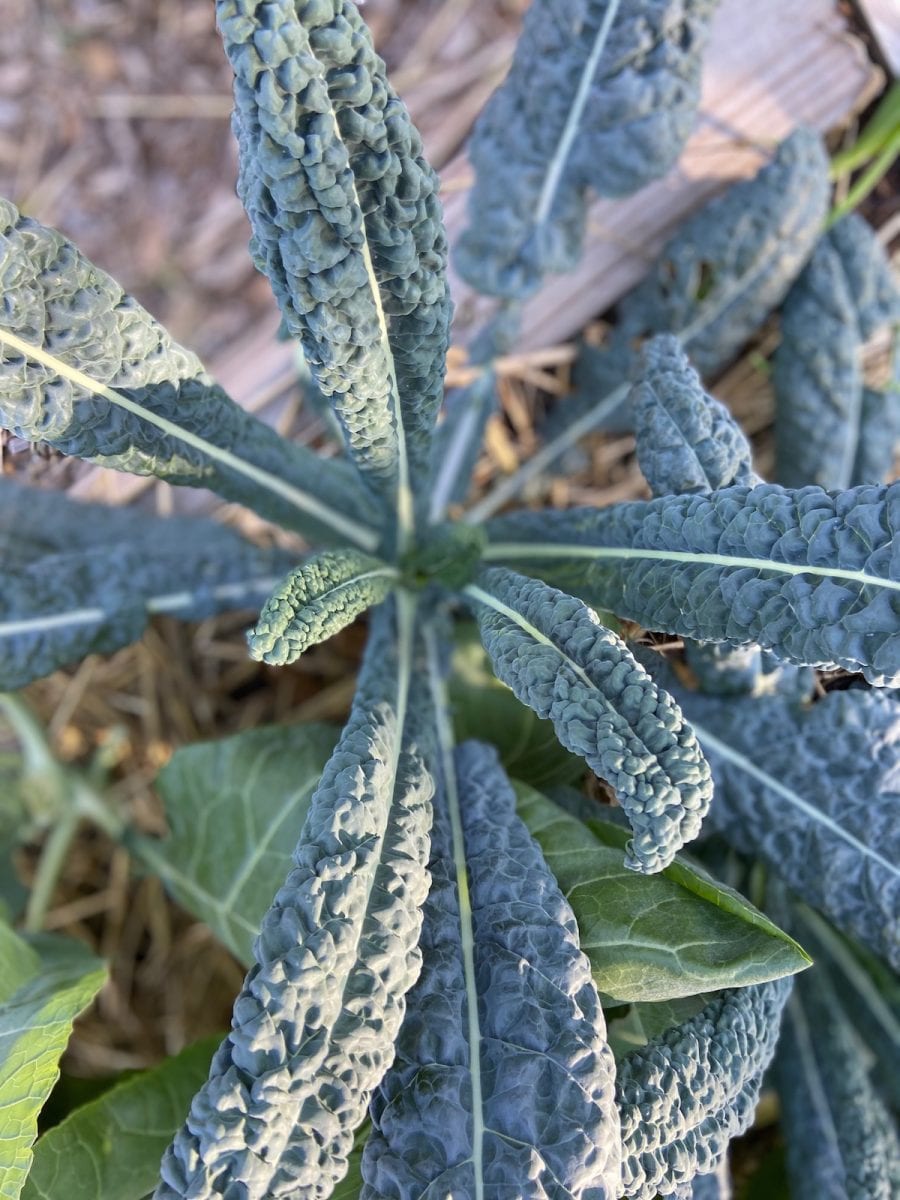
The best part about enjoying these vegetables during the winter is the fact that they get sweeter when exposed to cold temperatures. Through photosynthesis these plants collect and store energy in the form of starch and when the plants get cold, they convert that starch into sugar to keep their cells from being damaged. Once the sugar is released and appears in the plant’s cell structure, it becomes less susceptible to freezing and sweeter to eat. This is true for most root vegetables as well—which is why you’ll often find them on holiday menus.
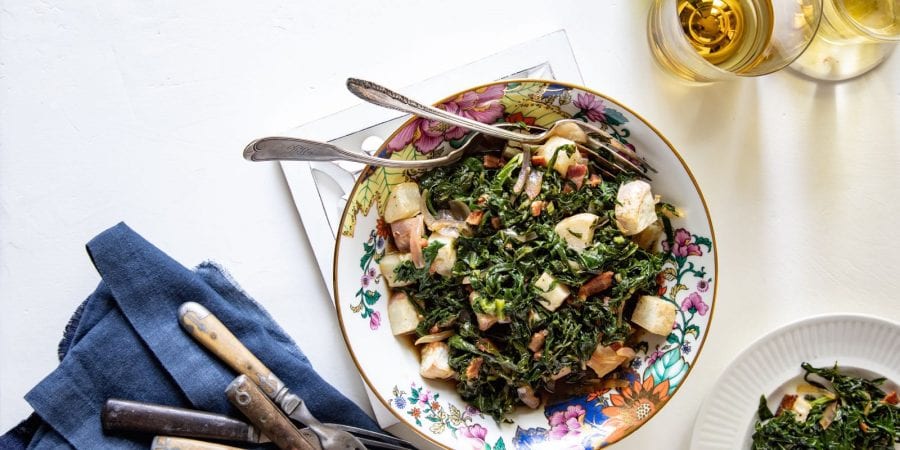
share
trending content
-
Get To Know Roanoke, Virginia
-
Shrimp and Grits: A History
by Erin Byers Murray -
New Myrtle Beach Restaurants Making Waves
-
FINAL VOTING for Your Favorite Southern Culinary Town
-
New Restaurants in Arkansas
More From Key Ingredient
-
Sweet Talk: The Sensuous Power of Local Honey
-
Caramel Delights
-
Jason Stanhope’s Famous Celery Salad
-
Little Bursts of Summertime
-
A Better Butter Bean


